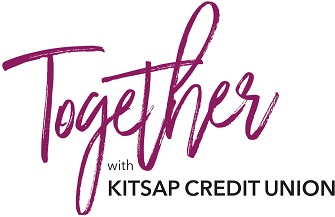National Dollar Day commemorates the day the U.S. Congress established the monetary system for the United States. But did you know that it took decades for American colonists to adopt the U.S. Dollar widely? Read below for eight fun facts about the U.S. dollar that you probably didn’t know.
Before 1792, colonists used Spanish dollars and British pounds.
The U.S. dollar was created in 1792 on a base-10 monetary system. This was a surprising change because the British pence and shilling system was on a base-12 system and the Spanish system was on a base-8 system. People wondered whether the United States would adopt the Spanish or British methods. Still, when the United States decided on a base-10 system, it was a big statement on the country’s identity. They wanted to state that they were independent and wanted something unlike any other.
The U.S. issued bills up to $10,000 at one point.
At one point, there used to be $500, $1,000, $5,000, and $10,000, but they were discontinued in the early 1940s. Government legislators pointed out that large cash bills made it easier to keep illegal activities anonymous. Now, in 2022, there are arguments to get rid of the $100 bill and $50 bill for the same reasons. Notice how many businesses won’t accept anything greater than a $20 bill? Interesting!
There were seven different kinds of U.S. currency circulating at one time.
In the early 1900s, the United States used seven types of money! There were bank-issued currency, government-issued currency, and silver and gold coins. If somebody owed you a single dollar at this time, you would have no idea how you would be paid. It took around 40 years for the U.S. to move from this chaotic time to one unified currency that wasn’t backed by any commodity.
There are over 100 slang words for money.
Money is so important in the world’s different societies that people have come up with dozens of ways to talk about it throughout time. Some popular ones include “Bacon,” “Bank,” “Benjamins,” and “Bread.” But did you know these: “Bones,” which is used in exchange for “dollars,” “Boodle,” which is a term for “shady cash,” “Cabbage,” “Frogskin,” or “Yard.”
George Washington wasn’t always on the dollar bill.
The first face to appear on the currency was Salmon P. Chase. The country’s first $1 bill was issued in 1862 during the Civil War, where Chase was the Secretary of the Treasury and the man designing the country’s first bank notes. George Washington bumped Chase off the bill in a redesign in 1869. But, his wife Martha Washington graced the $1 bill in 1886!
It’s not made of paper.
We call it “paper money,” but the bill comprises 75% cotton and 25% linen. The various colors of ink used on each bill are mixed specially by the Treasury’s Bureau of Engraving and Printing for security reasons.
Over 43.4 billion bills are circulating in the United States.
According to the Federal Reserve’s latest calculations from 2019, roughly 12.4 billion $1 bills are circulating in the U.S. right now.
The average $1 bill circulates for almost six years.
To be exact, the bill circulates for 5.8 years. It’s such a short time because it lasts less than a few hours in a pocket, and only so much a piece of cotton can take! The dollar represents 45% of the production of bills in the country. In comparison, a $100 bill gets about 15 years of circulation!
Did you know these facts about the most common bill? We celebrate National Dollar Day in its ability to make the U.S. stronger with a monetary system unlike any other! Keep earning your “bread” and be wise with your money!






